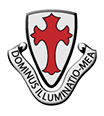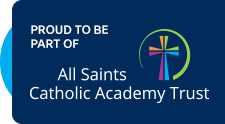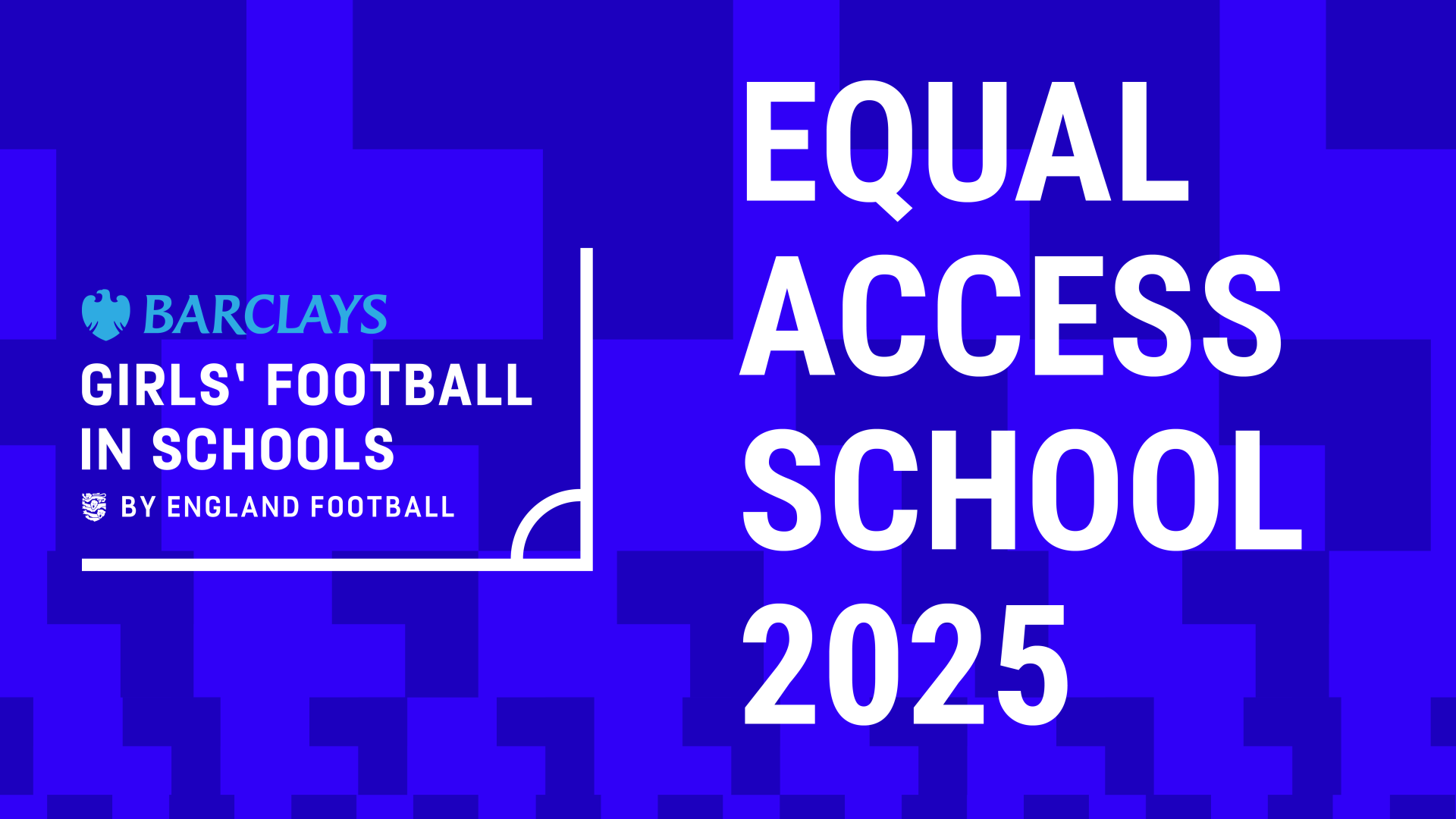Design and Technology
Please find our Design and Technology Curriculum Intent, Curriculum Map of topics and progression of skills from the EYFS to Year Six.
At St Thomas More Primary School, we embrace all aspects of creativity. We recognise that these skills can be used in everyday life and gives children the opportunity to explore the world around them. Design and Technology develops children’s skill and knowledge in design, structures, mechanisms, electrical control and a range of materials including food. It encourages children’s creativity and to think about important issues, such as how things work, how they can be fixed, or improved
Curriculum Intent
We offer a structured approach to lessons to ensure the children have covered the knowledge, understanding and skills required to meet the aims of the national curriculum. As a school; we are basing these on the lessons twinkl provide. The sessions aim to inspire children through a broad range of practical experiences to create innovative designs which solve real and relevant problems within a variety of different contexts. The design process is fundamental and runs throughout the progression of skills. This process encourages children to identify real and relevant problems, critically evaluate existing products and then take risks and innovate when designing and creating solutions to the problems. As part of the process, time is built in to reflect, evaluate and improve on prototypes using design criteria throughout to support this. Opportunities are provided for children to evaluate key events and individuals who have helped shape the world, showing the real impact of design and technology on the wider environment and helping to inspire children to become the next generation of innovators.
Implementation
Design and Technology skills and understanding are built into lessons, following an iterative process. However, this is not to say that this structure should be followed rigidly: it allows for the revision of ideas to become part of good practice and ultimately helps to build a depth to children's understanding. Through revisiting and consolidating skills, the lessons and resources are planned to help children build on prior knowledge alongside introducing new skills, knowledge and challenge. The revision and introduction of key vocabulary is built into each lesson. This vocabulary is then included in display materials and additional resources to ensure that children are allowed opportunities to repeat and revise this knowledge. Adult guides and accurate design and technology subject knowledge are always provided within lessons to allow the teacher and adults working in those lessons to feel confident and supported with the skills and knowledge that they are teaching. Through these lessons, we intend to inspire pupils and practitioners to develop a love of Design and Technology and see how it has helped shaped the ever-evolving technological world they live in.
Impact
The impact of using the full range of resources, including display materials, will be seen across the school with an increase in the profile of Design and Technology. The learning environment across the school will be more consistent with design and technology technical vocabulary displayed, spoken and used by all learners. Wholeschool engagement will be improved through the use of design and technology-specific home learning tasks and opportunities suggested in lessons and overviews for wider learning.We want to ensure that Design and Technology is loved by teachers and pupils across school, therefore encouraging them to want to continue building on this wealth of skills andunderstanding, now and in the future. Impact can also be measured through key questioning skills built into lessons, child-led assessment such as success criteria grids and summative assessments aimed at targeting next steps in learning.
Design and Technology Progression Map.pdfNational Curriculum - Design and technology.pdf





